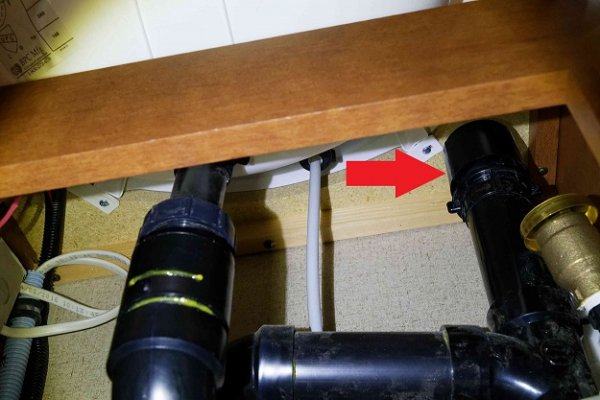Henry J Fate
Well-known member
- Joined
- Jun 14, 2018
- Posts
- 2,292
2001 Winnebago Brave 32ft
Hello Friends. Curious to see if any other members have found that the grey water tank is not vented? My Brave has acted suspicious since purchasing earlier this year. I noticed when I dumped the grey water that halfway through there would be this sudden loud vacuum surge originating from inside the coach. It would continue until the drain pipe became less than full as the tank emptied. I didn't put much thought into it initially but later and after a replacement of one of the grey water inlet rubber grommets, additional symptoms surfaced. All three of the drains began to slow and eventually stop completely. This would hiappen with the grey tank full, empty or anywhere in between. Suspecting a blocked grey tank vent, I took a shower one evening, let the water build up in the tub then removed the trap under the bathroom vanity and watched the water in the tub drain without any restrictions. I began to dig into it and guess what? No vent was ever installed at the factory 18 years ago. I didn't
believe it at first but it has been confirmed. No vent ever installed and only one vent pipe up on the roof which services the black water. Has anyone experienced this?
Henry
Hello Friends. Curious to see if any other members have found that the grey water tank is not vented? My Brave has acted suspicious since purchasing earlier this year. I noticed when I dumped the grey water that halfway through there would be this sudden loud vacuum surge originating from inside the coach. It would continue until the drain pipe became less than full as the tank emptied. I didn't put much thought into it initially but later and after a replacement of one of the grey water inlet rubber grommets, additional symptoms surfaced. All three of the drains began to slow and eventually stop completely. This would hiappen with the grey tank full, empty or anywhere in between. Suspecting a blocked grey tank vent, I took a shower one evening, let the water build up in the tub then removed the trap under the bathroom vanity and watched the water in the tub drain without any restrictions. I began to dig into it and guess what? No vent was ever installed at the factory 18 years ago. I didn't
believe it at first but it has been confirmed. No vent ever installed and only one vent pipe up on the roof which services the black water. Has anyone experienced this?
Henry

